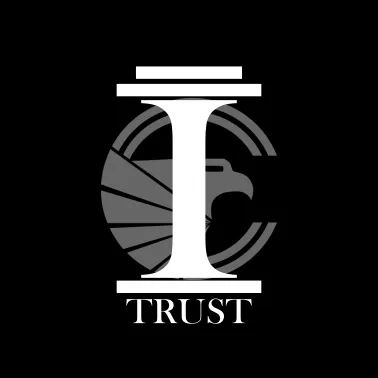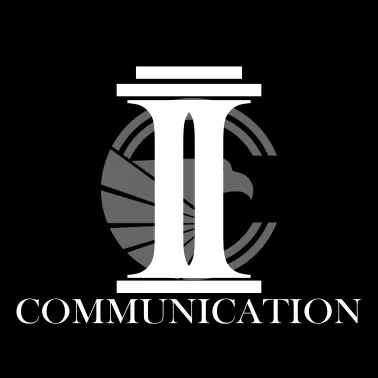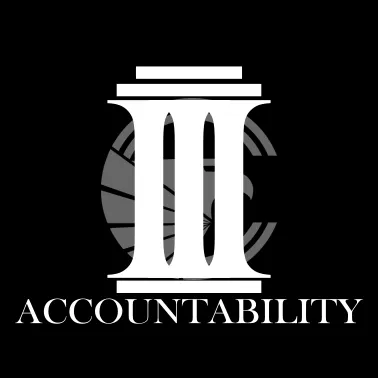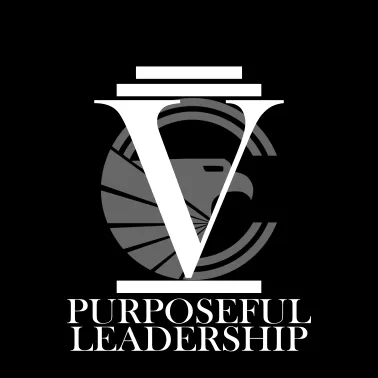




TRUST
Trust serves as the essential foundation upon which all effective leadership rests. Military units operate on absolute trust in high-risk environments, while championship teams function through deep interpersonal bonds. Research published in Organizational Behavior and Human Decision Processes demonstrates that organizations with high-trust environments show 74% less stress, 106% more energy, 50% higher productivity, and 13% fewer sick days. Building genuine trust requires consistent behavior, transparent communication, and demonstrated commitment to others' success—all principles emphasized in both military leadership and sports coaching methodologies.
COMMUNICATION
Communication represents the second pillar, serving as the mechanism through which all other leadership functions operate. Military communication emphasizes clarity and purpose to ensure overall mission success, while coaching communication balances instruction with motivation and feedback. Studies from the MIT Sloan Management Review indicate that teams with effective communication patterns are up to 35% more likely to achieve their objectives. The military-coaching approach to communication combines structural clarity with motivational effectiveness, ensuring messages not only transmit information but inspire action and alignment
ACCOUNTABILITY
Accountability with a positive focus transforms the traditional punitive approach to performance management. Military accountability emphasizes mission accomplishment and responsibility, while coaching accountability focuses on improvement and growth. Research from the Journal of Applied Psychology shows that positive accountability frameworks lead to significantly higher performance outcomes than punitive approaches by creating psychological safety while maintaining high standards. This balanced approach creates environments where excellence is expected, supported, and celebrated simultaneously.
Accountability also applies to team dynamics. If a leader allows toxic behaviors—such as gossip, lack of effort, or dismissing others’ contributions—to persist without addressing them, it creates an unhealthy work environment. Leaders must establish clear standards of professionalism and enforce them consistently. By cultivating a culture where accountability is expected and respected, leaders encourage a work ethic based on responsibility, trust, and continuous growth.
SEE THE GOOD IN YOUR TEAM
Seeing potential in team members represents a fundamental starting point for effective leadership. Military leaders are trained to identify capabilities and assign responsibilities based on careful assessment of personnel, while coaches excel at spotting hidden talents and developing them systematically. According to research in the International Journal of Sports Science & Coaching, leaders who actively look for untapped potential create environments where innovation and growth flourish naturally. This approach transforms leadership from a controlling function to a developmental one, where leaders become talent scouts and growth facilitators rather than mere task managers.
PURPOSEFUL LEADERSHIP
Purposeful leadership completes the framework, providing the essential "why" that drives all other leadership activities. Both military and coaching traditions deeply understand the power of purpose-driven leadership. Military leaders operate with a profound sense of mission that transcends individual concerns, while championship coaches unite teams around compelling visions that inspire extraordinary effort.
Research published in the Harvard Business Review indicates that purpose-driven organizations outperform their counterparts by 400% in terms of shareholder returns, employee retention, and customer satisfaction. Purposeful leadership connects daily activities to meaningful outcomes, transforming work from mere task completion to mission fulfillment. According to studies in the Journal of Business Ethics, leaders who effectively articulate and embody organizational purpose create significantly higher levels of employee engagement, innovation, and resilience during challenging periods. This purpose orientation creates the emotional foundation for sustained excellence beyond simple compliance or performance metrics.
CONTACT US

(802) 203-3371
